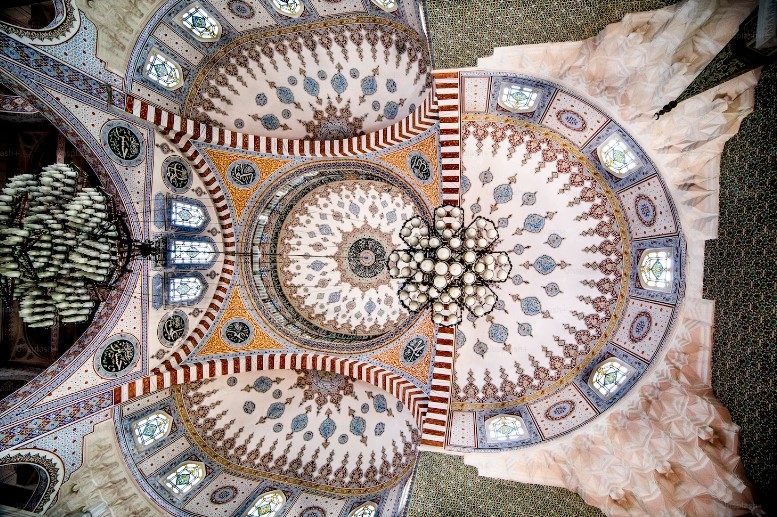
Overview of the need for resizing southwestern rug runners
abstract southwest carpets
Historical Background and Cultural Significance
Abstract southwest carpets hold a rich historical background and cultural significance that captivates the imagination. These exquisite textiles, woven with intricate patterns and vibrant colors, have graced the floors of southwestern homes for centuries.
The roots of abstract southwest carpets can be traced back to the indigenous tribes who inhabited the region long before European settlers arrived. They used natural materials such as cotton, wool, and yucca fibers to create these masterpieces. The art of weaving was passed down through generations, ensuring the preservation of this ancient craft.
The historical background of abstract southwest carpets is intertwined with the migration patterns of various tribes across the vast landscapes of Arizona, New Mexico, and Colorado. Each tribe brought their unique artistic style, resulting in diverse patterns and symbols adorning these rugs. From geometric shapes representing nature's elements to intricate animal motifs symbolizing spiritual beliefs, every carpet tells a story.
These carpets also hold immense cultural significance for the southwestern people. They serve not only as functional floor coverings but also as powerful cultural artifacts reflecting tribal identity and heritage. Abstract southwest carpets were often used during ceremonies and important events within the community.
Furthermore, these rugs became highly sought-after trade items when traders from Europe began arriving in the late 19th century. The vibrant colors and exceptional craftsmanship fascinated collectors worldwide. This led to an increased demand for abstract southwest carpets in international markets, further cementing their cultural significance beyond their place of origin.
Today, abstract southwest carpets continue to be prized possessions cherished by collectors and homeowners alike. Their historical background reminds us of the enduring legacy left by indigenous tribes while their cultural significance serves as a testament to their artistic prowess.
In conclusion, abstract southwest carpets are more than just decorative pieces; they are windows into history and culture. With each thread carefully woven by skilled hands, these rugs embody a narrative that transcends time—connecting us with ancient traditions while adding beauty to our modern lives.